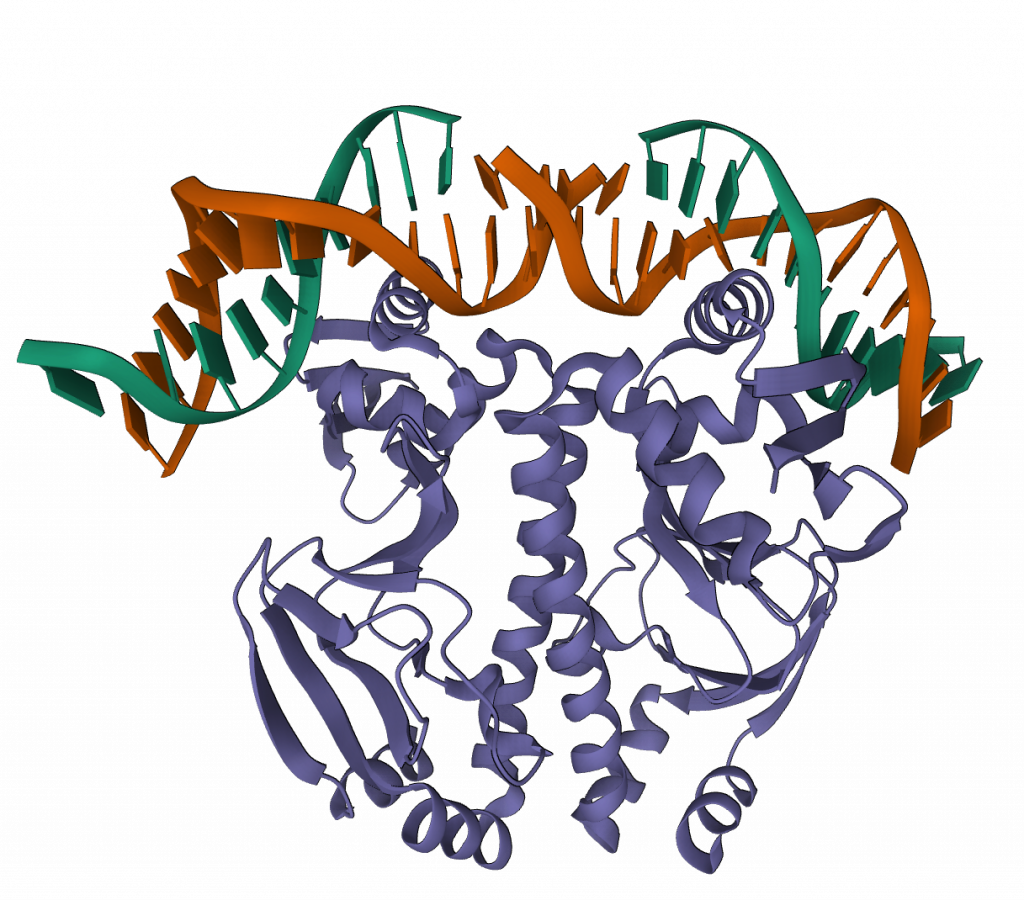Levels of protein structure – quaternary
Some proteins form assemblies (units) with other molecules – this is called the quaternary structure (Figure 14).
Two examples are: haemoglobin which is an assembly of four globular proteins and the actin microfilament, composed of many thousands of actin molecules.
In the PDB, assemblies of different proteins or macromolecules are also referred to as the quaternary structure; for example, the ribosome, a combination of different RNA and protein molecules, is a form of quaternary structure.
